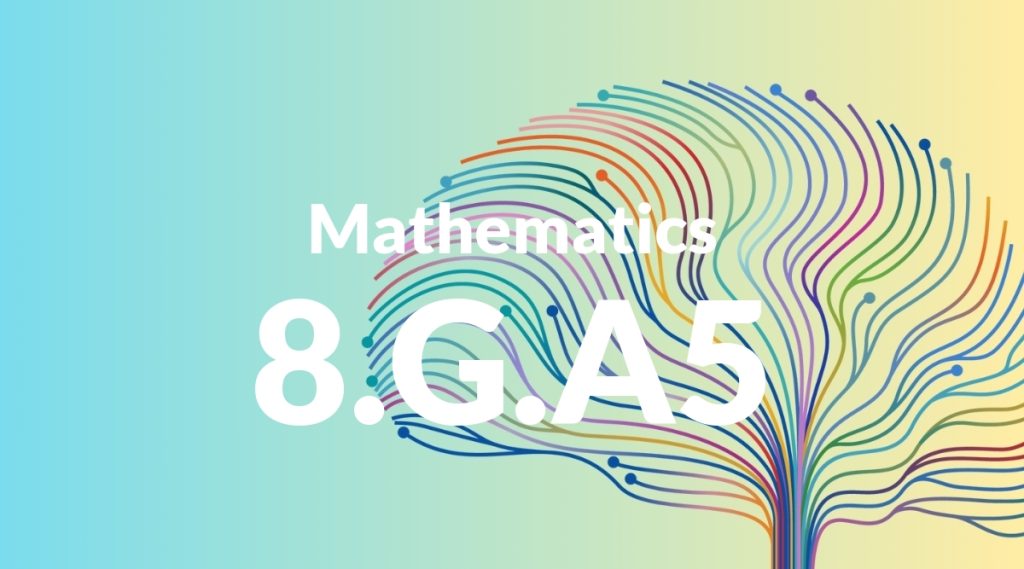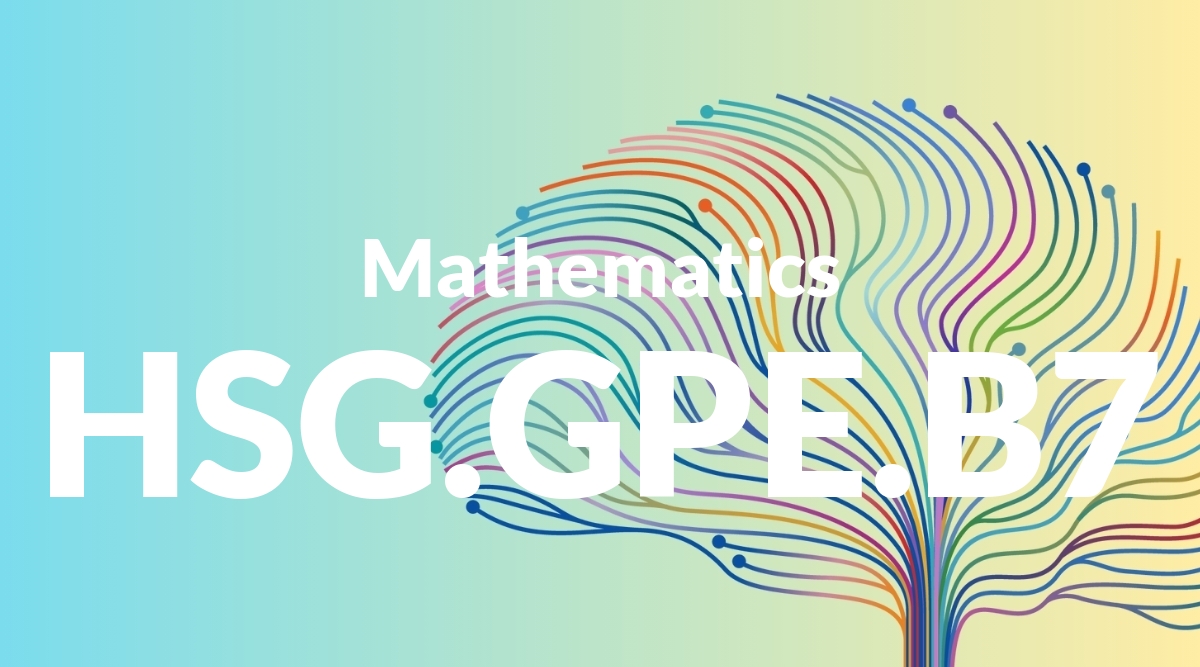Standard: 8.G.A5 – Use informal arguments to establish facts about the angle sum and exterior angle of triangles, about the angles created when parallel lines are cut by a transversal, and the angle-angle criterion for similarity of triangles. For example, arrange three copies of the same triangle so that the sum of the three angles appears to form a line, and give an argument in terms of transversals why this is so.
Grade level: Grade 8
Subject: Mathematics
Domain: Geometry
Teacher Overview
This standard focuses on understanding and proving key geometric properties involving angles in triangles and parallel lines cut by a transversal. Mastery of this concept is crucial as it forms the foundation for more advanced geometry and trigonometry. It also develops logical reasoning and proof skills in students. Before tackling this standard, students should be comfortable with basic angle concepts, types of triangles, and properties of parallel lines. They should also have experience with measuring angles and using protractors.
Upon mastering this standard, students will be able to tackle more complex geometric problems involving polygons and circles. They will also be well-prepared for the study of trigonometry, which relies heavily on an understanding of angle relationships.
Common Misconception 1
A common misconception is that the exterior angle of a triangle is equal to the sum of the two non-adjacent interior angles. This is incorrect because the exterior angle is actually equal to the sum of the two remote interior angles.
Intervention 1
To address this misconception, use visual aids such as diagrams and interactive tools that allow students to manipulate triangles and measure angles. Reinforce the correct relationship through guided practice and real-world examples.
Common Misconception 2
Another misconception is that the angles formed when parallel lines are cut by a transversal are arbitrary. In reality, there are consistent relationships between corresponding, alternate interior, and alternate exterior angles.
Intervention 2
Hands-on activities, such as using transparent sheets to overlay parallel lines and transversals, can help students visualize and understand these angle relationships. Encourage students to explore and prove these relationships through guided discovery.
Prerequisite Knowledge
Students should have a basic understanding of angles, types of triangles, and the properties of parallel lines and transversals. Familiarity with the concept of angle measurement and basic geometric shapes is also essential.
Subsequent Knowledge
After mastering this standard, students will be able to apply their understanding of angle relationships to solve more complex geometric problems, including those involving polygons and circles. They will also be prepared to explore trigonometry and its applications in various fields.
Instructional Activities
- Constructing triangles and measuring angles to verify the angle sum property
- Using protractors and rulers to explore angles formed by parallel lines and transversals
- Engaging in group discussions and proofs to establish angle-angle similarity in triangles
- Interactive geometry software to visualize and manipulate geometric shapes and angles




